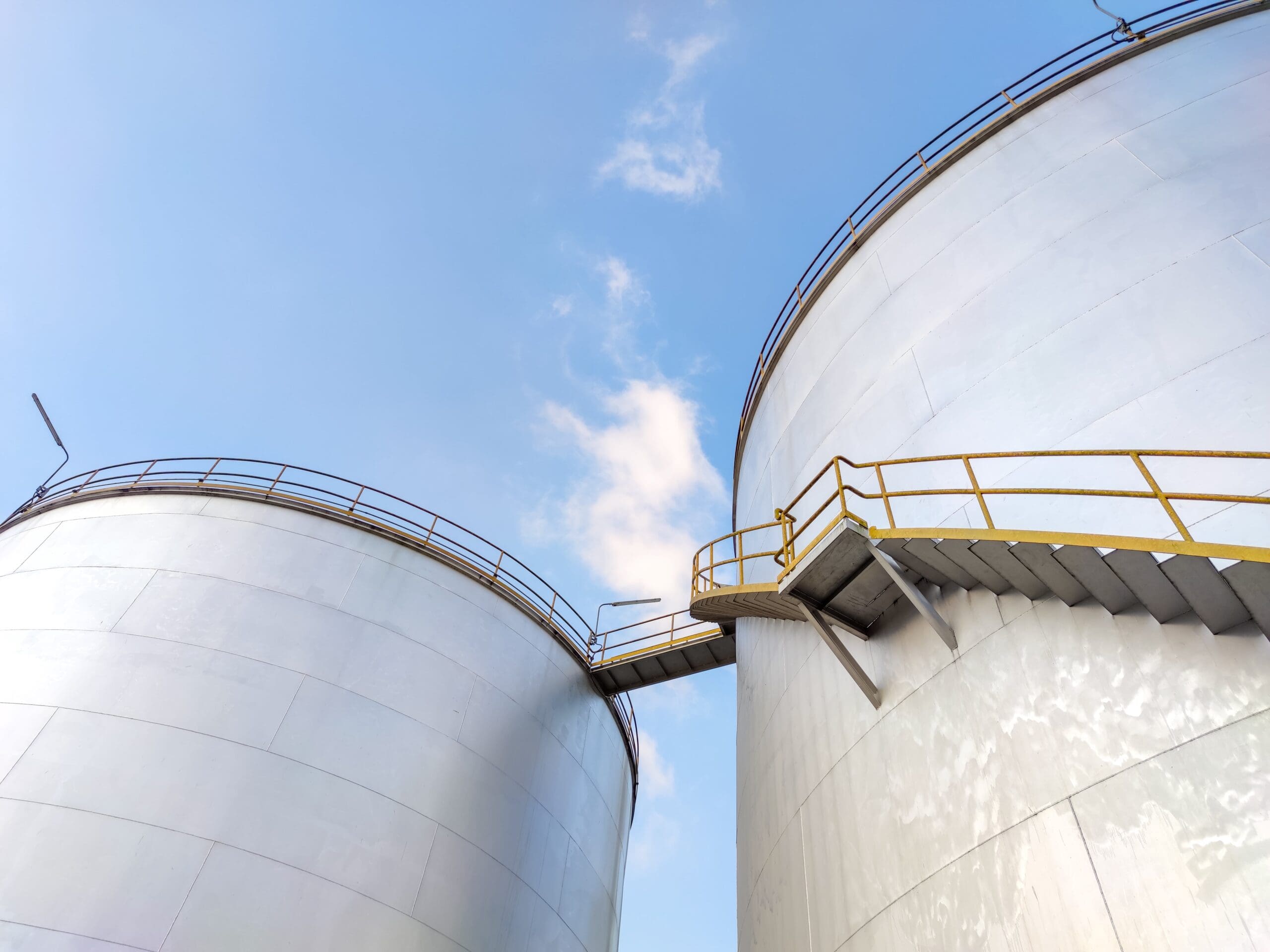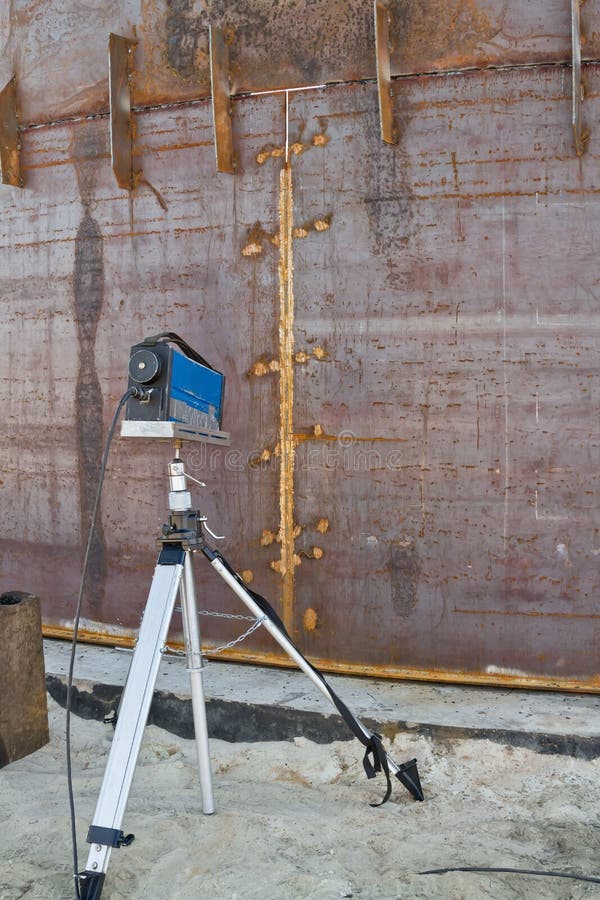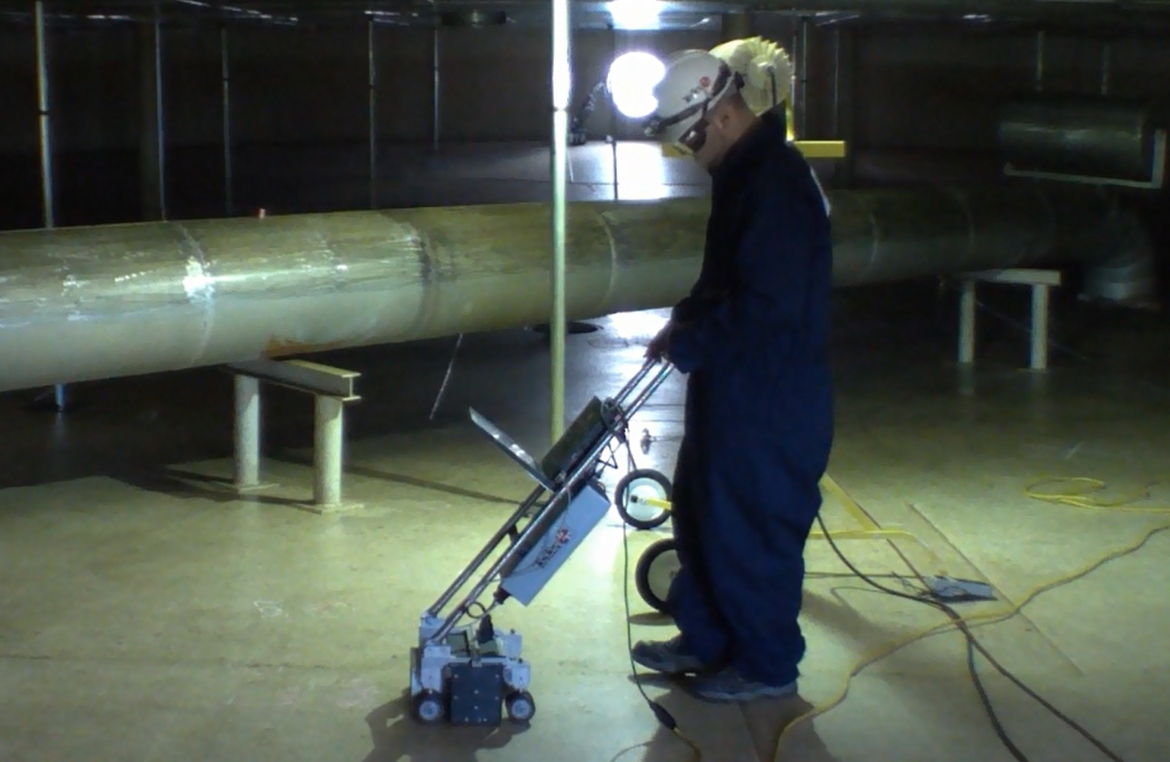Comprehending the Secret Steps in Tank Welding Inspection Procedures
Comprehensive Guide to Effective Container Welding Examination Techniques and Finest Practices for Quality Control
In the world of tank welding, extensive examination strategies are critical for safeguarding structural honesty and ensuring compliance with industry regulations. As we check out these crucial parts, it becomes clear that a proactive examination method is not just beneficial, however crucial for operational success in atmospheres dealing with dangerous products.
Importance of Tank Welding Evaluation

Storage tank welding assessment works as a preventative procedure, determining possible issues such as splits, porosity, or improper joint penetration before they escalate into serious concerns. Regular evaluations not only abide by industry policies and requirements however likewise boost the long life of the tanks, lowering the requirement for costly repair services or substitutes.

Aesthetic Examination Methods
Utilizing organized aesthetic assessment strategies is important for assessing the top quality and honesty of bonded joints in tanks. This technique works as the initial line of protection in recognizing potential issues such as splits, undercuts, and inadequate penetration. The assessor must come close to the job with a keen eye, making use of proper tools like multiplying glasses, flashlights, and mirrors to boost exposure.
During the evaluation process, the examiner must examine the weld profile, guaranteeing it abides by defined criteria and standards (Tank Welding Inspection). This includes taking a look at the grain width, height, and combination with the base product. Assessors need to additionally pay attention to the bordering locations for indicators of thermal distortion or contamination that might influence the weld's performance
Documents of findings is crucial; examiners must videotape any kind of anomalies, classifying them by seriousness for additional analysis. This systematic technique not just help in prompt problem identification yet likewise adds to long-lasting quality control by making certain conformity with sector standards. Regular training and calibration of visual inspection strategies further improve the reliability of analyses, ultimately causing safer and more long lasting container frameworks.
Non-Destructive Checking Methods
Non-destructive screening (NDT) methods are regularly employed in tank welding assessments to analyze the honesty of welded joints without endangering their structural stability. These techniques are essential for determining flaws such as fractures, voids, and additions that might lead to devastating failings if left unseen.
Usual NDT approaches include ultrasonic testing (UT), which makes use of high-frequency audio waves to identify internal problems; radiographic testing (RT), employing X-rays or gamma rays to envision weld frameworks; and magnetic particle screening (MT), which exposes surface area and near-surface stoppages in ferromagnetic products (Tank Welding Inspection). Liquid penetrant Website screening (PT) is likewise extensively made use of, capable of finding surface-breaking problems by applying a fluorescent or color contrast color
Each NDT approach has its details applications and benefits, making it necessary for assessors to select the ideal strategy based on the product and the kind of weld being assessed. The integration of these NDT methods right into the inspection procedure boosts the overall quality control framework, guaranteeing that welded storage tanks satisfy safety and performance requirements. Eventually, NDT plays a critical role in keeping the stability and longevity of tank structures in different industrial applications.

Documentation and Coverage
Making certain thorough paperwork and reporting during storage tank welding examinations is essential for keeping compliance with industry standards and assisting in effective communication among stakeholders. Appropriate paperwork acts as an extensive document of examination activities, searchings for, and any kind of restorative actions taken throughout the welding procedure. This details is vital not just for quality control yet likewise for audits and governing reviews.

A well-structured inspection record ought to include information such as the day of assessment, names of assessors, welding treatments used, materials used, and any deviations from developed standards. Furthermore, pictures and representations can boost the quality of the record, providing visual context to the searchings for. It is likewise vital to record any non-conformities in addition to their resolution, ensuring that all stakeholders are educated of possible threats and the steps taken to alleviate them.
Moreover, preserving a centralized data source for all assessment reports enables easy retrieval and review, fostering a society of transparency and responsibility. By focusing on meticulous documents link and coverage, companies can not just support top quality assurance yet likewise strengthen their track record within the industry, inevitably bring about enhanced safety and functional efficiency.
Continual Improvement Practices
Constant renovation practices are vital for boosting the top quality and effectiveness of tank welding examinations. Implementing a systematic approach to examine and fine-tune assessment methods fosters a society of quality control within the company. One efficient method includes regular training and upskilling of evaluation personnel to remain abreast of the most recent welding technologies and requirements. This makes certain assessors possess the required expertise and abilities to determine problems properly.
Furthermore, utilizing data-driven evaluation enables organizations to track inspection results, recognize fads, and identify areas for improvement. Using devices such as origin reason evaluation can help in recognizing the underlying problems resulting in defects, making it possible for targeted treatments. Furthermore, soliciting comments from evaluation groups and stakeholders creates a joint environment that encourages ingenious solutions.
Including sophisticated technologies, such as computerized evaluation systems and real-time surveillance, can substantially enhance the accuracy and rate of evaluations. Routine audits of the inspection procedures likewise add to a society of responsibility and continuous refinement. Inevitably, these continuous enhancement methods not only raise the quality of tank welding assessments yet additionally add to general functional excellence and customer contentment.
Conclusion
Finally, effective tank welding assessment is critical for making sure the architectural integrity and safety and security of storage systems, especially those taking care of dangerous products. Utilizing a combination of visual inspection methods and non-destructive screening techniques promotes the early identification of flaws, consequently maintaining compliance with market criteria. In addition, over here durable documents and a dedication to continual enhancement enhance quality guarantee techniques. Ultimately, these steps add dramatically to functional quality and the prevention of potential security threats.